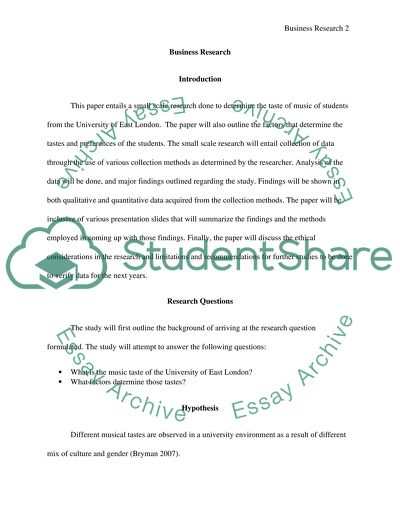Cite this document
(What Is the Music Taste of the University of East London Case Study, n.d.)
What Is the Music Taste of the University of East London Case Study. Retrieved from https://studentshare.org/education/1478229-business-research
What Is the Music Taste of the University of East London Case Study. Retrieved from https://studentshare.org/education/1478229-business-research
(What Is the Music Taste of the University of East London Case Study)
What Is the Music Taste of the University of East London Case Study. https://studentshare.org/education/1478229-business-research.
What Is the Music Taste of the University of East London Case Study. https://studentshare.org/education/1478229-business-research.
“What Is the Music Taste of the University of East London Case Study”, n.d. https://studentshare.org/education/1478229-business-research.


